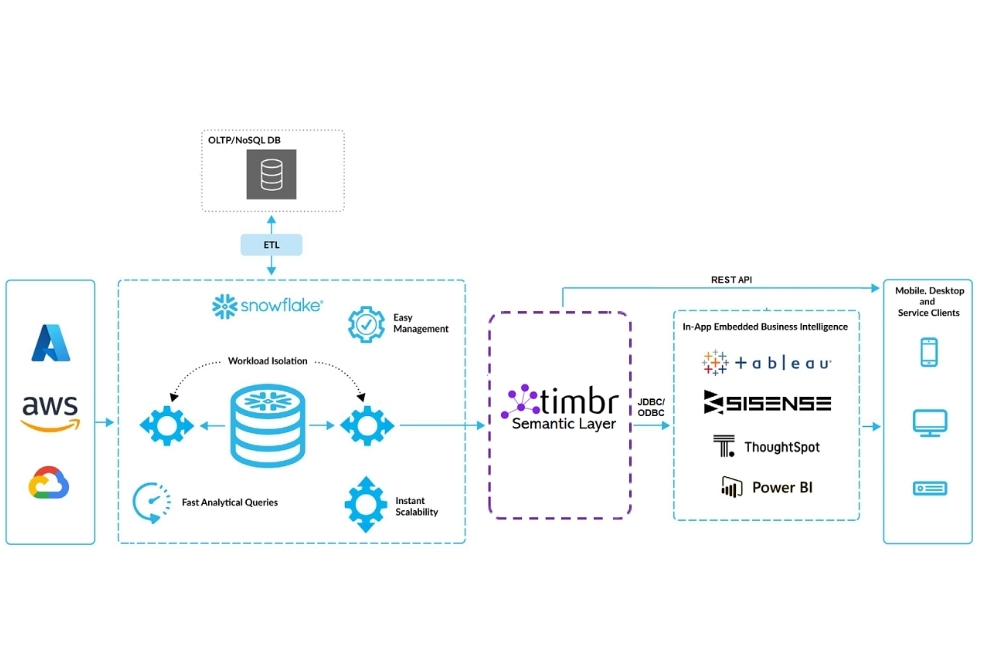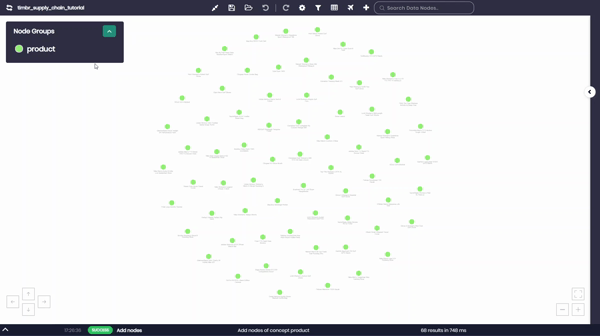reference architecture
Snowflake and Timbr:
Bridging Data and Meaningful Insights
Snowflake provides a powerful platform for warehousing and analytics.
Timbr integrates seamlessly into Snowflake to enable semantic relationships, metrics, and reusable insights.
Why Timbr with Snowflake?
Timbr adds semantic intelligence to Snowflake, enabling businesses to simplify complexity, enhance insights, and drive collaboration.
How Timbr Embeds into Snowflake
Timbr integrates into Snowflake’s modeling layer, enabling: Reference Architecture
- Unified Semantic Graph: Represent Snowflake data as a connected graph for simplified querying.
- Seamless BI Integration: Expose semantic models and metrics to Tableau, Power BI, and Looker.
- Simplified SQL: Replace complex joins with reusable semantic relationships.
Features in Action
- Semantic Modeling: Define and manage data relationships across Snowflake’s ecosystem.
- Metric Store Integration: Standardize metrics with semantic context for universal access via SQL.
- Cross-Platform Consistency: Ensure reliable insights across teams and platforms.
Impact
Timbr transforms Snowflake into a cohesive, semantic data platform, enabling:
- Faster Insights: Simplify querying and accelerate decision-making.
- Enhanced Collaboration: Share semantic models for aligned analytics.
- Scalable Workflows: Build flexible and meaningful data systems.



